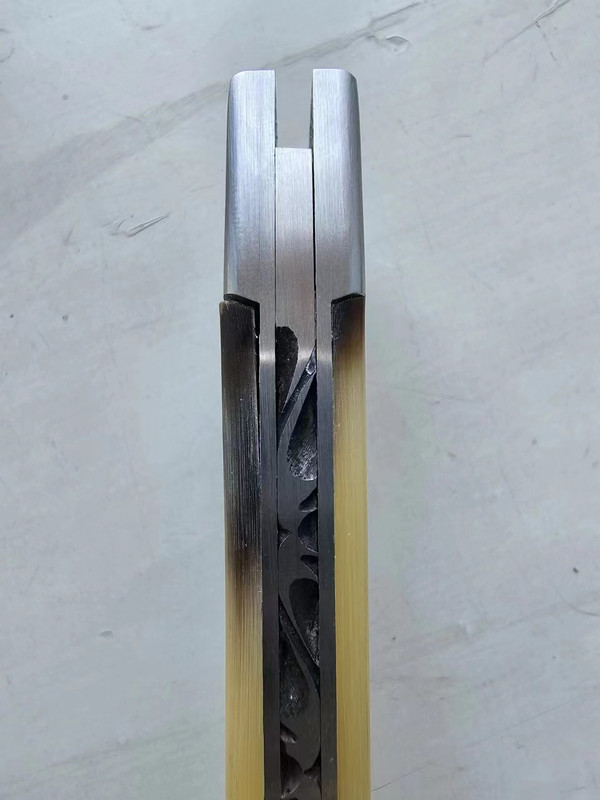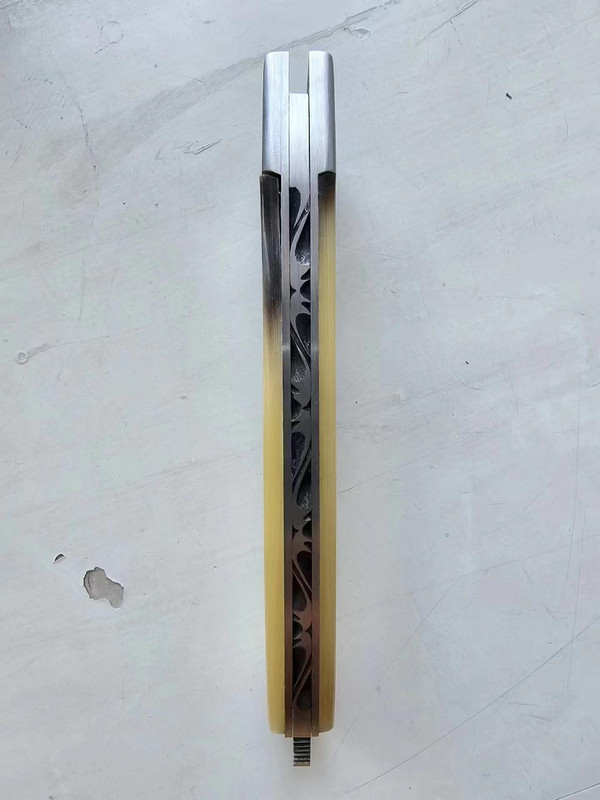Hi there,
This Le Thiers arrived my hand last June, then I found this issue on the left piece.
At that time, the gap is not big, the touch and feel is not so discernable, but it becomes more easy to feel and easy to see.
When I handle it, my right thumb can clearly feel the uneven part between the scale and bolster, the gap is even more visible.
So, is there a way to fix it? (I tried to hard press it back but failed, so I think it's not as easy as just drop glue and press it back )
)


Please advise.
Thanks.
This Le Thiers arrived my hand last June, then I found this issue on the left piece.
At that time, the gap is not big, the touch and feel is not so discernable, but it becomes more easy to feel and easy to see.
When I handle it, my right thumb can clearly feel the uneven part between the scale and bolster, the gap is even more visible.
So, is there a way to fix it? (I tried to hard press it back but failed, so I think it's not as easy as just drop glue and press it back


Please advise.
Thanks.



